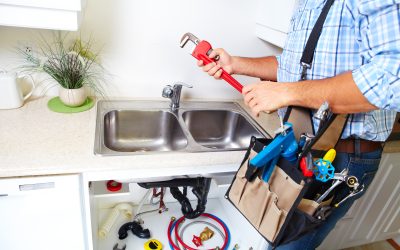Most people are probably aware of the health risks posed by the accumulation of high concentrations of radon gas in the indoor air. While most radon-related fatalities are the result of radon gas accumulation in homes from seepage that occurs through cracks found in the foundation, nearly 30 to 1,800 fatalities per year is caused by household radon water system contamination.
How Does Radon Find Its Way into Drinking Water?
In certain areas, high concentrations of dissolved radon can be found in the groundwater that flows through gravel formations, granitic sand, and granite rock. In case you happen to live in an area where the groundwater is contaminated with radon, it can find its way into your private well. This is the most common source of radon water system contamination in the home. Radon gas is also disturbed and released into the air that you breathe when you perform certain household activities like:
* Showering
* Laundering
* Washing dishes
* Washing your car
How Do You Know If There Is Radon in Your Drinking Water?
Radon gas is a colorless, tasteless and odorless gas, which makes it particularly difficult to detect in the air and in drinking water. In case you suspect that there is a problem in your home, you may immediately contact the nearest state certification official for a list of companies in your area that perform radon water system testing for a fee.
How Do You Perform Radon Water System Purification?
Two methods are normally used to perform radon water system purification.
* Granular Activated Carbon (GAC) treatment
* Aeration treatment
GAC treatment involves filtering water through some granular activated carbon. The process causes radon to attach to the carbon, and this frees the water of any radon traces. However, disposal of the granular activated carbon may require some form of specialized handling, especially if it has been used for a prolonged period or at high radon concentration levels. The other method is aeration treatment. It involves spraying water or combining it with air and then venting the air from the water prior to using the purified water. In both treatment methods, it is important to ensure that you treat the water at the point where it enters into your home. You can use a point-of-entry gadget to achieve this, but this alone is not very effective.
You will get all the information and advice you need in order to make an informed decision at SWAT Environmental.








